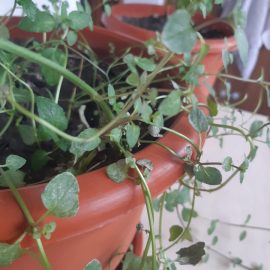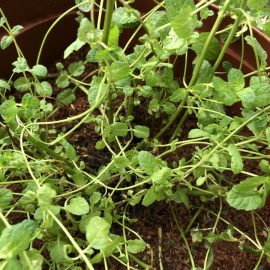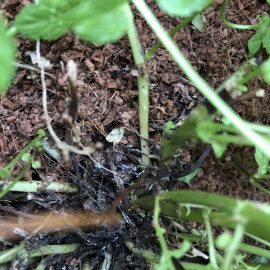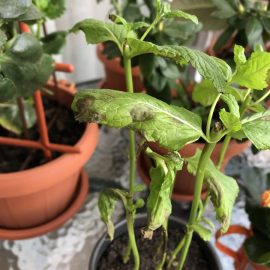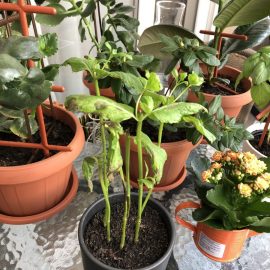Peppermint – planting, growing and harvesting
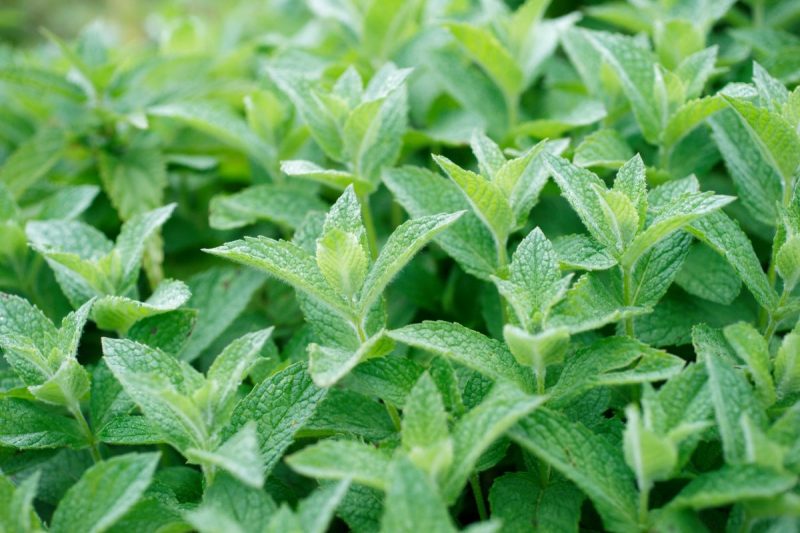
Peppermint (Mentha x piperita) is native to the Mediterranean basin but has spread as a culture in many countries in Europe, Asia, North America, etc.
The term “mint” is used for several species and hybrids of the genus Mentha, of the family Lamiaceae. These are perennials, known for their ability to develop root suckers and cover large areas of the garden.
Use
The hybrid Mentha x piperita resulted from the free hybridization of Mentha spicata and Mentha aquatica and has the highest menthol content (40%), giving a refreshing taste to the dishes and drinks in which it is used. It is a sterile hybrid, which multiplies exclusively vegetatively. Peppermint is also used in the cosmetics and pharmaceutical industries and is also appreciated as a melliferous plant.
Botanical characteristics
Peppermint is a herbaceous plant, with a straight stem, with 4 edges, which can reach a height of 1 m. In the soil, it has root suckers and numerous fibrous roots. The flowers are pink and bloom starting with June, for the whole summer. The leaves are petiolate, lanceolate, with a serrated edge.
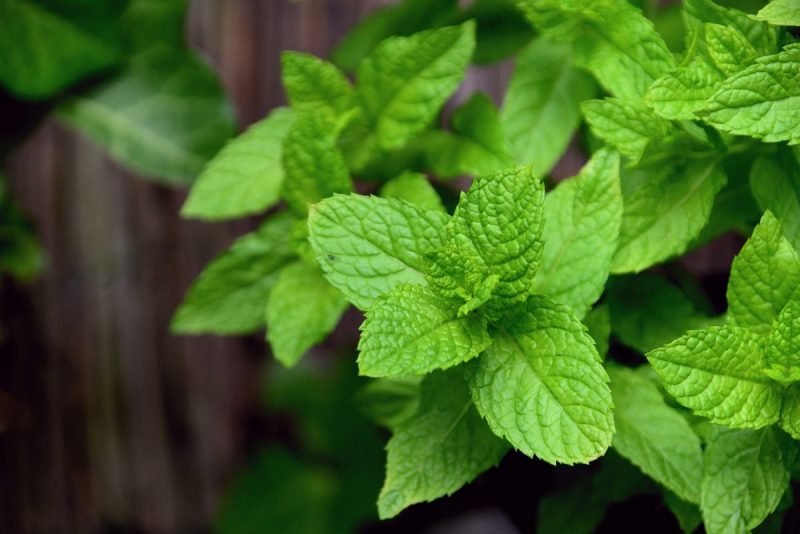
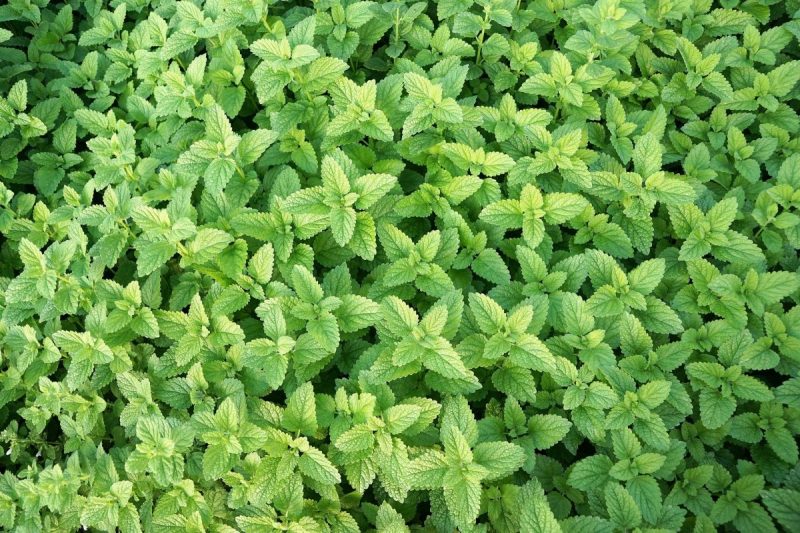
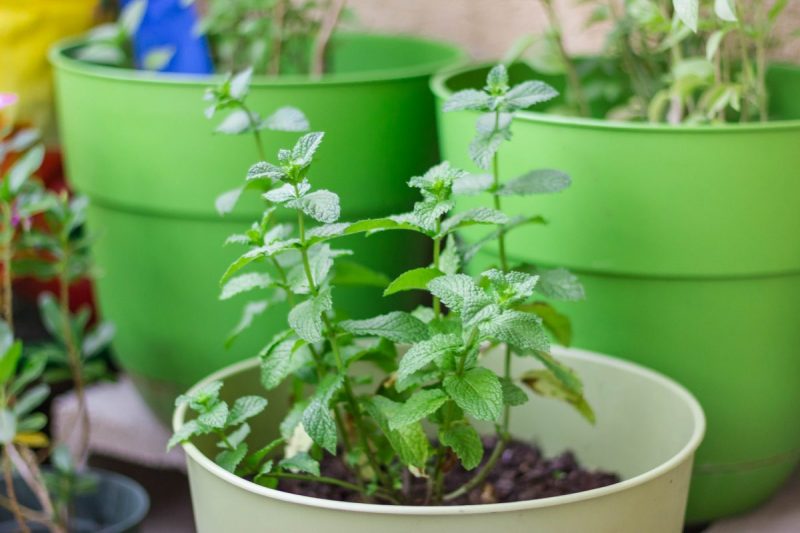
Environmental requirements
The requirements on environmental factors are quite low for peppermint. It has a high resistance to negative temperatures during the cold season. Still, the lack of water is a problem for this species and in case of drought, it requires irrigation. It prefers loamy-sandy soils, moist, with slightly acidic pH, to neutral. It can also withstand partially shaded places, but an increased light intensity favorably influences the production, both quantitatively and qualitatively.
Peppermint adapts well to various environmental conditions.
Cultivation
It is preferable to plant in autumn for a high yield increase, but it can also be done in spring. Prepare the soil in time and administer organic or chemical fertilizers.
For crop establishment, use portions of the root suckers of about 15 cm long (the term “stolons” is also used), with 5 nodes, well-hydrated, without traces of disease or pests (they must be white). It is recommended to harvest the root suckers from the first year of vegetative growth, being the most vigorous.
The root suckers must be shaped before planting, the remains of the stem and the brown portions have to be removed. The root suckers must be kept well hydrated until planting. Planting is done at a depth of 6-10 cm, in rows spaced 70 cm apart. If planting is done in the fall, it is preferable to maintain a depth of 8-10 cm, to protect against frost and dehydration.
Peppermint can be successfully planted in pots, to obtain fresh dishes in the cold season as well. It can be placed on terraces in summer and on a bright windowsill in winter.
Peppermint can also be propagated by seeds, but this process is more difficult and may take longer.
Recommended products
-
You can find products on a different store
Change Store -
You can find products on a different store
Change Store -
You can find products on a different store
Change Store -
You can find products on a different store
Change Store -
You can find products on a different store
Change Store -
You can find products on a different store
Change Store -
You can find products on a different store
Change Store -
You can find products on a different store
Change Store -
You can find products on a different store
Change Store -
You can find products on a different store
Change Store -
You can find products on a different store
Change Store -
You can find products on a different store
Change Store -
You can find products on a different store
Change Store -
You can find products on a different store
Change Store -
You can find products on a different store
Change Store -
You can find products on a different store
Change Store -
You can find products on a different store
Change Store -
You can find products on a different store
Change Store -
You can find products on a different store
Change Store -
You can find products on a different store
Change Store -
You can find products on a different store
Change Store -
You can find products on a different store
Change Store -
You can find products on a different store
Change Store -
You can find products on a different store
Change Store
Care
The care works consist of weed control and irrigation. Weed control can be achieved by hoeing or by applying approved herbicides. Sprinkler or drip systems are used for irrigation, to administer moderate amounts of water.
In the case of plants grown in flowerpots or in the garden, to ensure their nutrient requirements, a specially formulated fertilizer can be administered regularly.
Recommended products
-
You can find products on a different store
Change Store -
You can find products on a different store
Change Store -
You can find products on a different store
Change Store -
You can find products on a different store
Change Store -
You can find products on a different store
Change Store -
You can find products on a different store
Change Store -
You can find products on a different store
Change Store -
You can find products on a different store
Change Store -
You can find products on a different store
Change Store -
You can find products on a different store
Change Store -
You can find products on a different store
Change Store -
You can find products on a different store
Change Store -
You can find products on a different store
Change Store -
You can find products on a different store
Change Store -
You can find products on a different store
Change Store -
You can find products on a different store
Change Store -
You can find products on a different store
Change Store -
You can find products on a different store
Change Store -
You can find products on a different store
Change Store -
You can find products on a different store
Change Store -
You can find products on a different store
Change Store -
You can find products on a different store
Change Store -
You can find products on a different store
Change Store -
You can find products on a different store
Change Store
Harvesting and storage
Harvesting is done in the morning after the dew has evaporated, either by mowing if the surface is large or by cutting the plants individually.
For use in making teas, peppermint can be harvested at any time during the growing season, preferably before flowering. It is recommended to start harvesting after the leaves are 5-6 cm long.
For later use, peppermint stems can be harvested, dried, and stored in well-ventilated places.
For use in obtaining volatile oil, peppermint should be harvested when half of the plants are in bloom.
Diseases and pests
Peppermint can be attacked by rust (Puccinia menthae), powdery mildew (Erysiphe biocellata), or wilt diseases of the genus Verticillium, as well as by aphids, thrips, mites, and whiteflies.
To prevent plant infestation, avoid watering the leaves as much as possible, ensure good plant ventilation and apply approved products if symptoms are observed.
Recommended products
-
You can find products on a different store
Change Store -
You can find products on a different store
Change Store -
You can find products on a different store
Change Store -
You can find products on a different store
Change Store -
You can find products on a different store
Change Store -
You can find products on a different store
Change Store -
You can find products on a different store
Change Store -
You can find products on a different store
Change Store -
You can find products on a different store
Change Store -
You can find products on a different store
Change Store -
You can find products on a different store
Change Store -
You can find products on a different store
Change Store -
You can find products on a different store
Change Store -
You can find products on a different store
Change Store -
You can find products on a different store
Change Store -
You can find products on a different store
Change Store -
You can find products on a different store
Change Store -
You can find products on a different store
Change Store -
You can find products on a different store
Change Store -
You can find products on a different store
Change Store -
You can find products on a different store
Change Store -
You can find products on a different store
Change Store -
You can find products on a different store
Change Store -
You can find products on a different store
Change Store














































































































































































































































































































































































































































